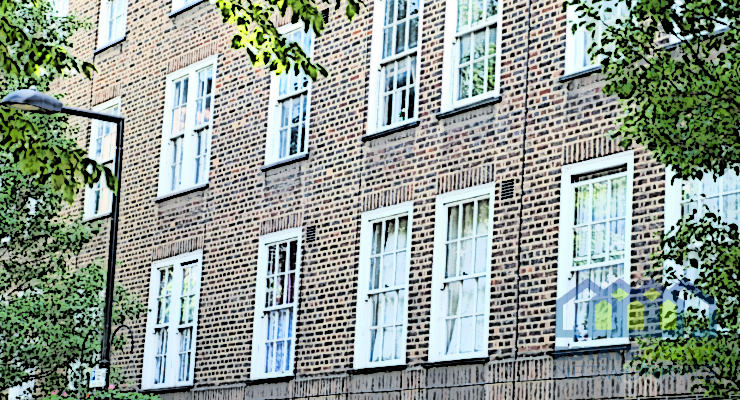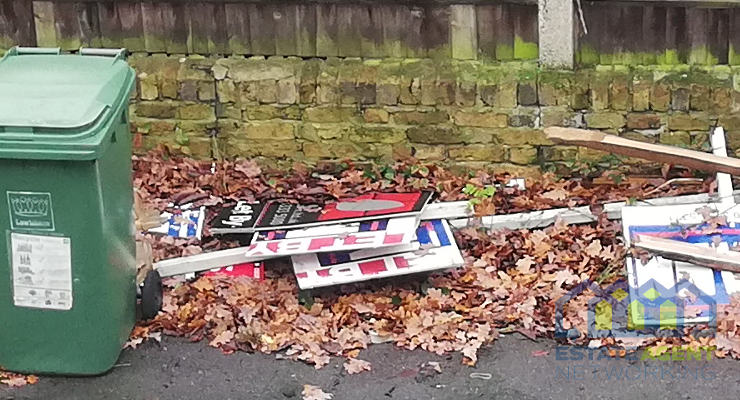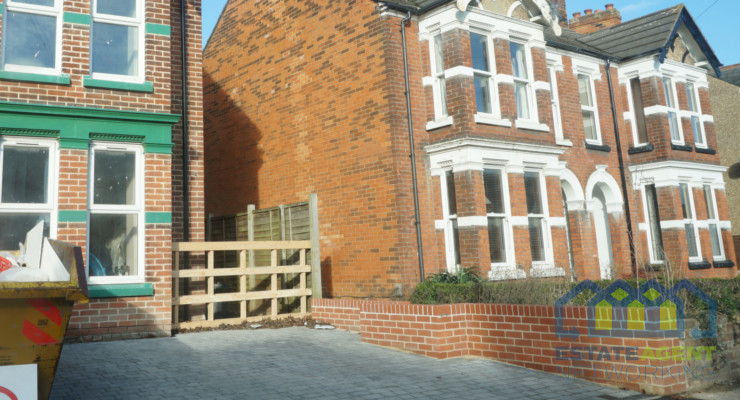FAMILIES NOW MOST COMMON HOUSEHOLD IN PRIVATE RENTED SECTOR
Families are the most common household type in the private rented sector (PRS) for the first time, according to the latest research from the National Landlords Association (NLA).*
The findings show that more landlords now let to families with children (48 per cent) than any other household type, overtaking young couples (47 per cent).
This represents a shift compared to four years ago, when young singles made up the largest group (53 per cent), followed by young couples (51 per cent), and then families with children (51 per cent).**
The PRS now accounts for approximately 5 million households in the United Kingdom and, according to the latest English Housing Survey, the proportion of families in the PRS has increased from 30% in 2004-5 to 37% in 2014-15 – an increase in roughly 1 million (912,000) households in ten years.***
For the majority of families surveyed, renting privately is a stable option, with almost 8 in 10 (76%) reporting they were happy with the length of their tenancy, and a similar proportion (79%) reporting their tenancy was renewed or stayed the same at the end of the initial fixed term.****
As a result, the perception of renting as a barrier to family life is breaking down, with nearly two-thirds of renting families (60%) saying that it was not. 77 per cent of families considered their rented accommodation to be home, and the majority (65 per cent) reported that they were free to personalise it however they chose.
Richard Lambert, Chief Executive Officer at the NLA, said:
“There is a genuine contrast between the experience of renting in the 21st century shown in this research and the prevailing housing culture in Britain that only views it as a stopgap – something to be tolerated while waiting for the opportunity to buy your own house.
“There is a rogue element to private housing that ruins the experience for far too many people, but for the majority of the 11 million private renters, renting offers an inclusive and flexible option which works for them in their current circumstances.
“Contrary to popular perception, there’s growing evidence that renting is no obstacle to putting down roots and calling somewhere home. The majority of landlords want good, stable, long-term tenancies, and these findings show that more and more are becoming receptive to helping families make a home in the private rented sector”.
-ENDS-
*NLA Quarterly Landlord Panel – Q1 2016 (1097 respondents)
**NLA Quarterly Landlord Panel – Q1 2012 (543 respondents)
***Department for Communities and Local Government (DCLG) English Housing Survey Headline Report 2014-15
****NLA Quarterly Tenant Panel – Q1 2016 (971 respondents)
For further information, please contact:
Alex Brent
PR Executive, NLA
020 7820 7904
alex.brent@landlords.org.uk







